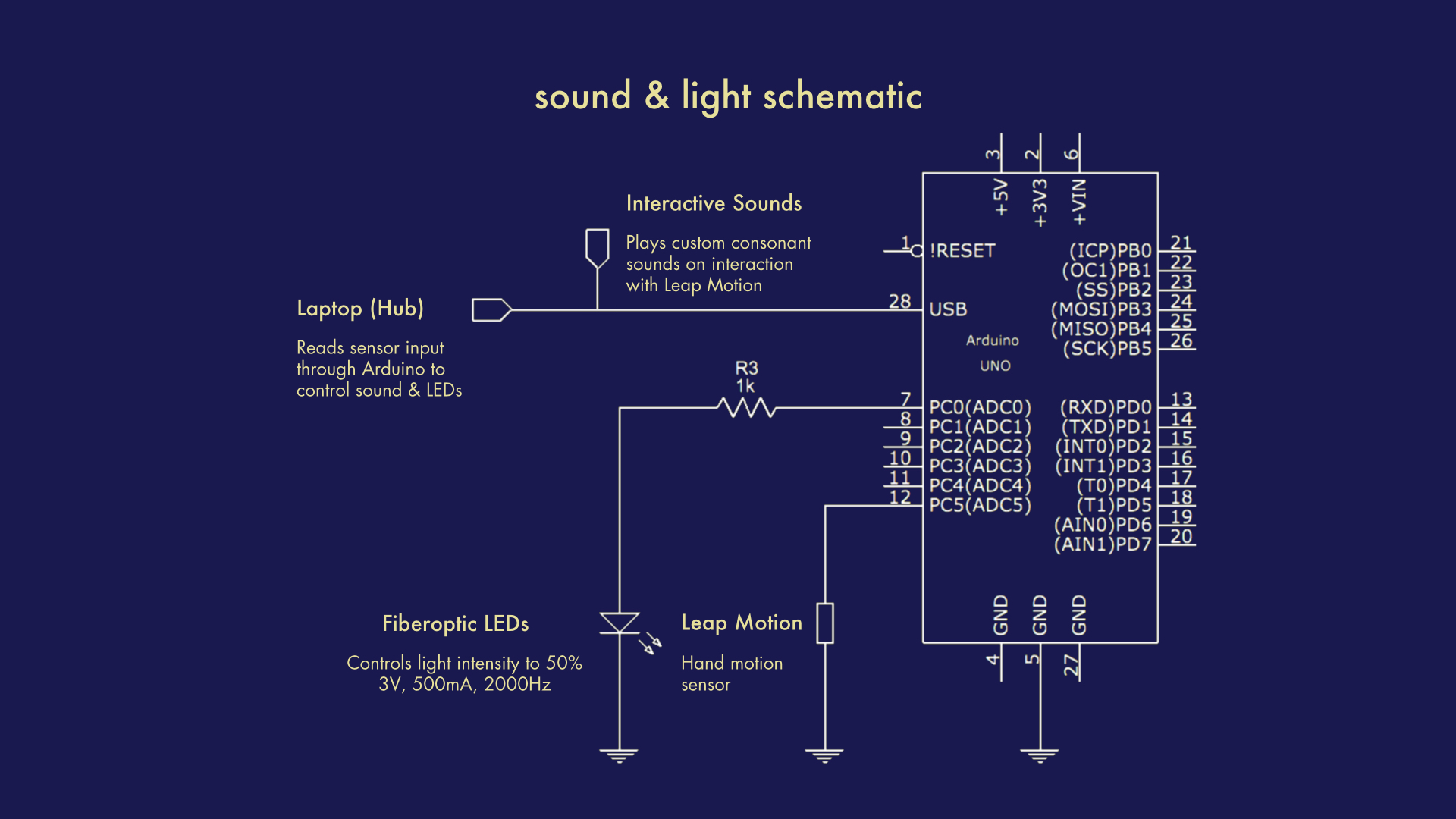About this project
People facing terminal illnesses often find themselves emotionally and physically confined in hospice care facilities, without access to spaces that make them feel relaxed, peaceful, and reflective. Hospice care is a $36 billion industry1, growing rapidly at 7% annually2, that provides holistic and individualized care to end-of-life patients and their families. In 2015, $1.4M Medicare patients enrolled in hospice care, 44% of that hospice care was provided in facilities, and 37% of the patients received hospice care for more than 30 days3. This results in a status quo of confinement in hospice care facilities with a focus on interior design rather than focus on the holistic experience and limited technological innovation. Increasing acceptance of hospice care creates opportunities for innovation.
Coda offers a dedicated sanctuary space for people in the final stages of their illnesses to cope, reflect, and find peace. With an immersive, interactive therapeutic experience using visuals, sound, and light to soothe, Coda is a deployable system that can be installed in a dedicated room in hospices and hospitals. It accommodates limited mobility patients with a space for a hospital bed or wheelchair as well as family, friends, and caretakers. It integrates multiple sensory channels with a Leap Motion controller and real-time heart monitoring to create an interactive experience that gives patients control over their environment.
Persona
For our project, we interviewed hospice nurses to develop the persona of Ben, a palliative care patient looking for a quiet space for reflection after months of hospitalization.
Channel choreography: The experience for the user will be a combination of pre-determined states (e.g. color temperatures promoting lower, calmer physiological activity) and user-determined states (e.g. interacting with the visuals). Using the Leap Motion hand motion detector, a bedridden patient with limited mobility will still be able to impact the entire environment.
For our prototype, we needed to connect the Leap Motion hand sensor input to control both the projected visuals in Unity and the generated sounds in Arduino. The same Arduino set-up also controlled the LEDs and fiberoptic lights in the Coda room, which required a good deal of electrical configuration.
The experience uses a custom script to generate particle systems, moving in response to velocity perceived by a LeapMotion hand sensor.
The final installation was colorized and implemented in Unity.
Given the appearance in dark rooms, we prototyped various color effects and settled on a yellow-blue gradient in a black room.
The projection in Unity featured particle system-based visualization.
The final installation’s lighting and wiring also aided the experience, creating an ethereal effect in the room we set up.








